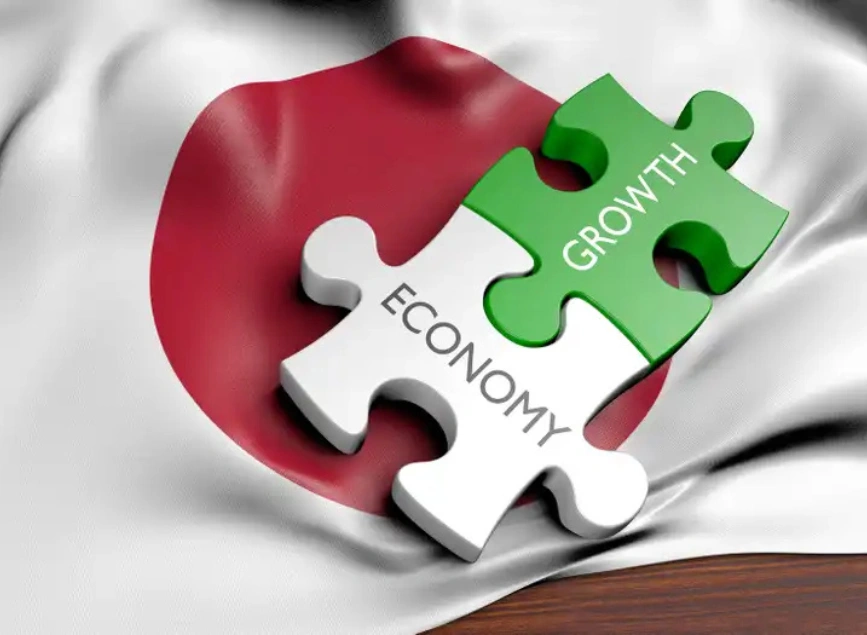
China’s Services Sector Growth Slows in January 2025
The Caixin China General Services PMI fell to 51.0 in January 2025, marking a slowdown from December’s seven-month high of 52.2 and missing market expectations of 52.3. This reading signals the weakest expansion in the services sector since September, reflecting softer new business growth, a continued decline in employment, and a moderation in selling price inflation. While demand remained positive, overall momentum in the sector lost strength.
Mixed Signals in Business Growth and Employment
New business growth eased to a four-month low, although domestic demand remained solid, and new foreign sales rebounded after a dip in December. However, the employment landscape showed concerning trends, with job losses accelerating for the second consecutive month due to resignations and redundancies. This decline in workforce numbers highlights ongoing structural challenges in the sector.
Rising Costs and Inflationary Pressures
Input price inflation accelerated to a three-month high, driven by increasing raw material and labor costs. Despite this, businesses raised their selling prices for the second consecutive month, though at a slower rate than in December. The pricing strategy reflected a delicate balance between rising costs and maintaining competitiveness in a challenging market environment.
Cautious Optimism Amid Market Uncertainty
Despite the slowdown, business sentiment improved slightly, although it remained below historical averages. Firms expressed concerns about heightened competition and lingering trade uncertainties, which could impact future demand. While the services sector continues to grow, the pace of expansion appears vulnerable to external pressures and shifting economic conditions.
Read More: China’s Manufacturing PMI Shows Unexpected Contraction
Educational Section: What Is the Services PMI and Why Does It Matter?
1. What Is the Services PMI?
The Purchasing Managers’ Index (PMI) for the services sector is an economic indicator that tracks business activity in non-manufacturing industries such as finance, tourism, transportation, technology, and other service-related sectors.
2. How Is the Services PMI Interpreted?
- A reading above 50 indicates economic expansion in the services sector.
- A reading below 50 signals contraction or declining activity.
- A downward trend above 50 suggests that growth is slowing.
3. Why Is China’s Services PMI Important?
- Impact on China’s Economic Growth: The services sector accounts for a significant share of China’s GDP, so a slowdown could have broader economic implications.
- Effect on Global Markets: As one of the world’s largest economies, a slowdown in China’s services sector can disrupt global supply chains and demand.
- Indicator for Economic Policies: The Chinese government may introduce stimulus measures in response to weakening services sector growth.
Conclusion: Will China’s Services PMI Decline Affect the Global Economy?
The unexpected drop in the Services PMI suggests slower growth, with rising input costs and declining employment posing further challenges. Investors and policymakers should closely monitor future trends to assess the impact on China’s economy and potential policy responses.
Share
Hot topics

Federal Reserve’s Challenges to Trump’s New Policies
As the Federal Reserve Open Market Committee (FOMC) prepares for its upcoming meeting, all eyes are on how the Fed will respond to Donald Trump’s latest economic policies. With the...
Read more




Submit comment
Your email address will not be published. Required fields are marked *